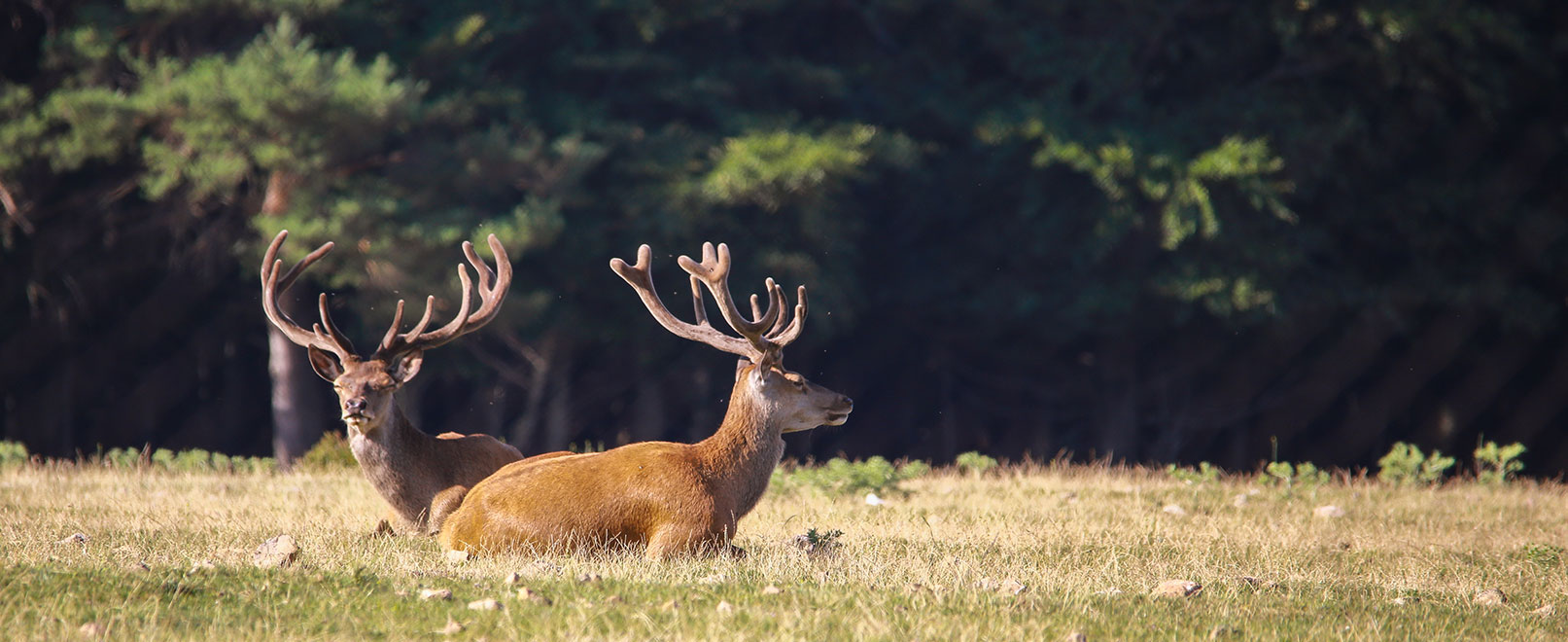
Protecting Vaucluse’s nature
When looking to go on a hike in Vaucluse, naturally, we want somewhere away from the hustle and bustle of the city. Nevertheless, it is important to respect and protect the rural landscapes of the Luberon, Mont-Ventoux and the Rhône Valley, so that we can continue to enjoy them in years to come.
To understand a little more about the environment you’re entering, here is some useful information on the types of spaces and any restrictions on their use for outdoor activities, including hiking and mountain and gravel biking.
There are 2 types of classifications or appellations:
– Those designed to raise awareness of a natural area and its specific flora and fauna
– Those that protect the natural area they cover and set out restrictions and prohibitions on human leisure activities
At a glance
- Natural areas that are recognised and listed to raise awareness
- Natural spaces protected by specific regulations
- 2 Integral Biological Reserves
- 1 National Natural Geology Reserve in the Luberon
- Almost a third of Vaucluse covered by forest
- Zones protected by Arrêté Préfectoral de Biotope – APB
- Natura 2000 zones
Natural areas that are recognised and listed to raise awareness
2 regional nature parks
The two regional nature parks of Mont-Ventoux and the Luberon are exceptional sites, home to unique flora, fauna, and historical, geological and natural heritage.
The exceptional wildlife of Mont Ventoux comprises a large diversity of animals, including stags, roe deer, mouflon, mountain goat, wild boar, wolves (recently present in identified packs), as well as 20 species of bat, reptiles, amphibians, insects (including 1425 species of butterfly) and fish.
The Luberon Regional Nature Park stretches from east to west, reaching its highest point at Mourre Nègre. Combe de Lourmarin separates Petit Luberon and Grand Luberon, covering part of the Monts de Vaucluse and is situated at a crossroads between a Mediterranean and a mountain climate. The Luberon boasts an exceptional geological wealth, which means that its vast rock faces are home to some of Europe’s most endangered birds of prey, namely Bonelli’s Eagle and the Egyptian vulture.

Did you know?
The Mont-Ventoux Regional Nature Park benefits from a bioclimatic gradation, which ranges from a mediterranean to an alpine climate, enabling more than 1,500 plant species, some of which are endemic to this area, to thrive.
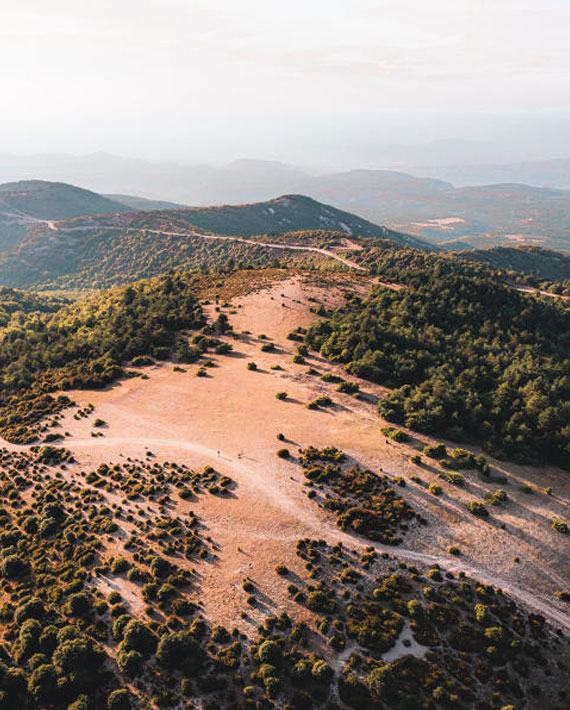
The Luberon, a UNESCO global Geopark
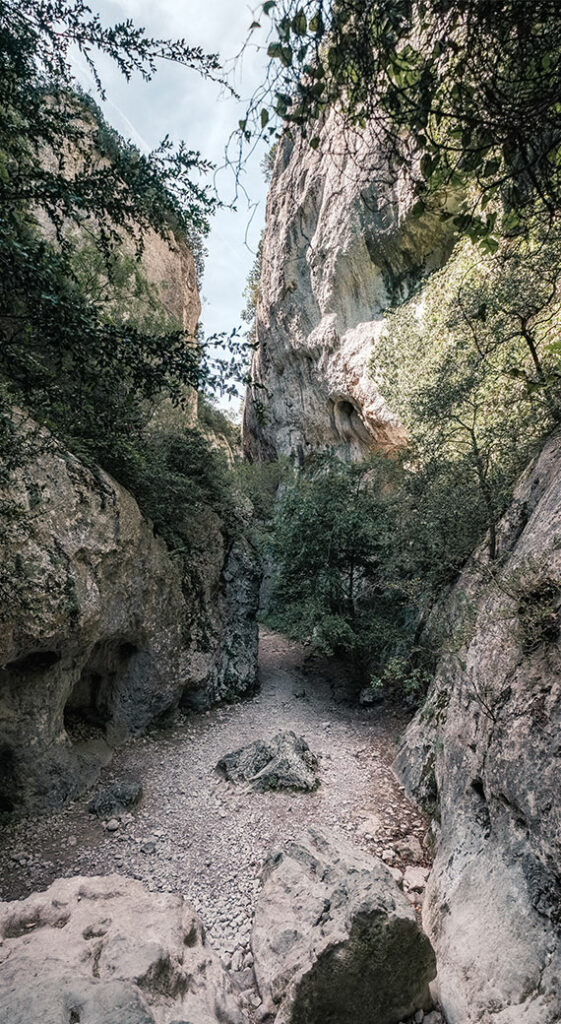

Side note
In many areas of the Luberon, the mineral heritage and fossils are protected; it is prohibited to pick them up or damage them.
Regulations specific to the Luberon National Geological Reserve
The Luberon boasts an exceptional geological heritage, including a diversity of rocks and an incredible profusion of fossils (fish, insects, birds, plants…). Perfectly reserved, it has been designated both a National Geological Nature Reserve and a UNESCO World Geopark.
This encompasses 17 sites in Vaucluse, in the following communes:
– Bonnieux: Les Chapelins, St-Pierre
– Cabrières-d’Aigues: Caramone
– Caseneuve: Grand-Plan, Pradenques
– Cheval-Bl0anc: Régalon
– Cucuron: l’Aumane, Caramone
– Murs: le Puy
– Saignon: dalle du Carlet
– St-Martin-de-Castillon: Glorivette
– St-Saturnin-lès-Apt: la Débruge
– Viens: la Bonnette, Cavalier, St-Jean, Triclavel, dalle de Viens
Also in these zones,
– It is forbidden to damage mineral or fossil substances in any way whatsoever or to take them out of the reserve
– Extracting and collecting fossils and minerals is forbidden. However, exceptions are granted for scientific or educational purposes
– All public or private work is prohibited, except that required for the upkeep of the reserve and authorised by the Commissioner of the Republic, after consulting the advisory committee
The Mont Ventoux and Luberon Lure Biosphere Reserves
The highest points of the two regional nature parks in Vaucluse are classified as Biosphere Reserves
– Luberon Lure Biosphere Reserve stretches from the Luberon massif (1,125 m) to the Monts de Vaucluse (1,256 m), encompassing the banks of the Durance and its fascinating wetlands.
> Find out more
– Mont Ventoux Biosphere Reserve: the summit and the Bédoin cedar forest are part of the 6 zones protected by a biotope protection order. Situated between 1000 and 1910 m in altitude, this area of limestone scree harbours an extraordinary wealth of flora, including around 60 species that are rare at these latitudes.
> Find out more
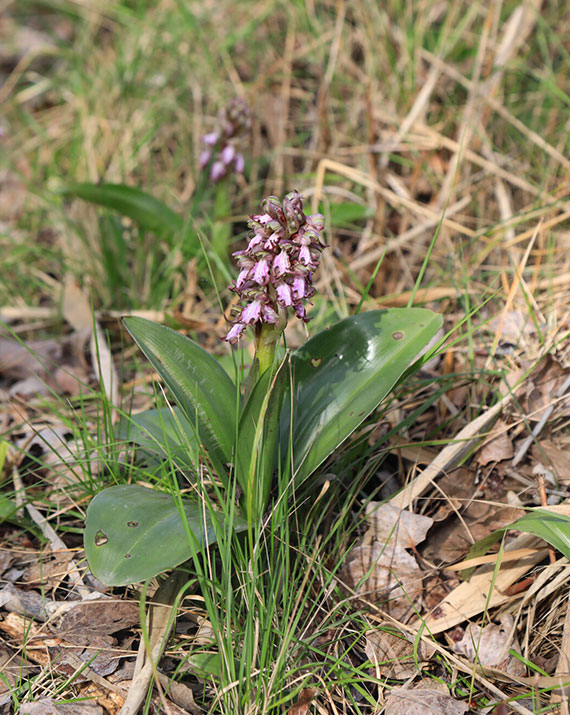
Vulnerable Natural Areas (Espaces Naturels Sensibles)
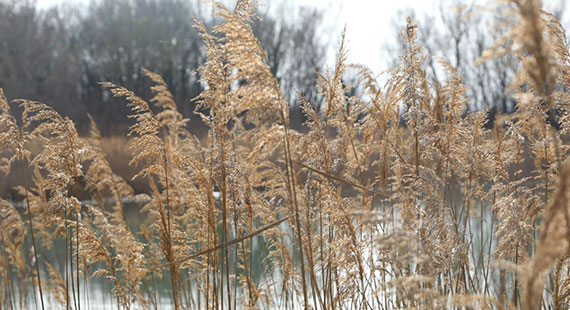

Did you know?
Our department is home to 23 Espaces Naturels Sensibles
These areas aim to preserve the quality of sites and landscapes, as well as natural environments, habitats and floodplains. They ensure the protection of wetlands, forests, scrubland and open areas along the bodies of water in Vaucluse. Some Espaces Naturels Sensibles are accessible via and criss-crossed by educational and hiking trails. Discover the routes around these natural areas, such as Entre Garrigue et Durance, L’étang salé de Courthézon, Autour du Groseau, Sentier du Portalas, la Colline de Piécaud and Sentier du Petit Patrimoine de Caromb.
Specific regulations in place to protect natural areas
Integral Biological Reserves (RBI)
These reserves, set up and managed by ONF (Office National des Forêts), aim to study and protect the fascinating habitats of rare or endangered species of flora and fauna.
In these zones:
– No other activity is authorised (no motorized travel / no off-trail activities such as caving, mountain biking, mushroom picking etc.).
– Wild camping and bivouacking are prohibited all year round
– The Integral Biological Reserve (RBI) of Mont Ventoux is defined by totem information panels at Pas de la Frache in particular and at Mont Serein station, stretching along the north face of Mont Ventoux, across the communes of Beaumont-du-Ventoux, Saint-Léger-du-Ventoux, Brantes, and Savoillans. The heart of the forest is home to 270-year-old beech trees and 450-year-old fir trees, covering the climb to the summit from Mont Serein station (GR4 and GR9). This RBI is protected by APB (Arrêtés Préfectoraux de Biotope), administrative acts in place to protect and preserve the biodiversity of an area.
In the Integral Biological Reserves, all of the above regulations apply and especially no going off piste – you must keep to marked out trails.
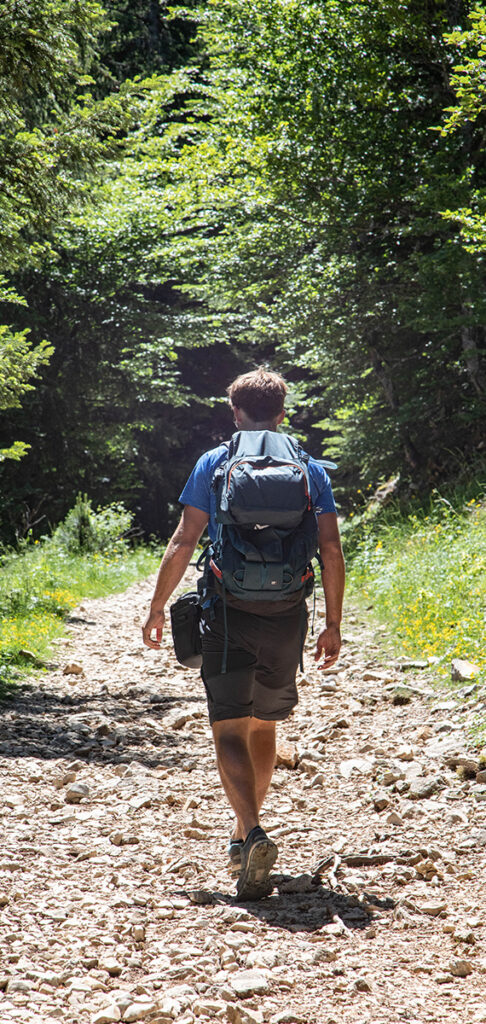
The second system used to protect natural areas is the APB – Arrêtés Préfectoraux de Biotope
In these zones, motorised access and wild camping is prohibited. Bivouacking (sleeping beneath the stars without a tent) is authorised from sunrise to sunset, outside of the summer period and on defined meadows or near existing shelters.
In the Luberon, there are no grassland areas set aside for bivouacs. On Mont Ventoux however, it is permitted in 2 zones – Jas Forest and Pavillon du Rat – provided you respect the rules regarding bivouacking. These sites are maintained by the Office National des Forêts.
However, hunters are authorised to use their vehicles in these areas, as are the ONF, fire brigades and private landowners.
In Vaucluse, in particular Mont Ventoux and the Luberon, many areas are classified under the APB.
> Discover the areas in the Luberon classified under the APB subject to these regulations
Note: the Gorges du Régalon are part of the areas classified under the APB
>Discover the areas in Ventoux classified under the APB: the beech forest and southern slopes of Mont Ventoux.
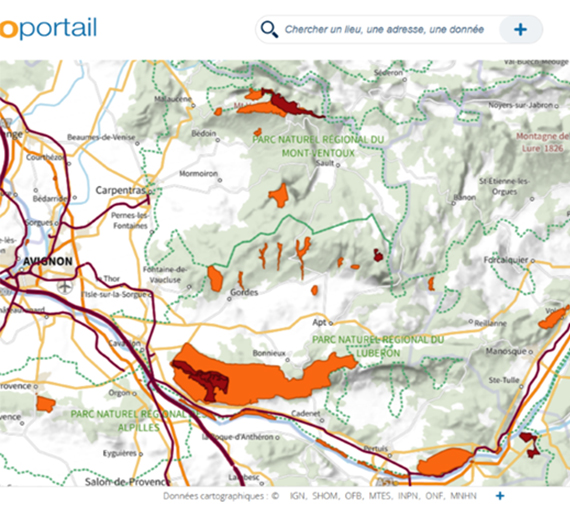
Wooded areas: state-owned, municipal and private forests
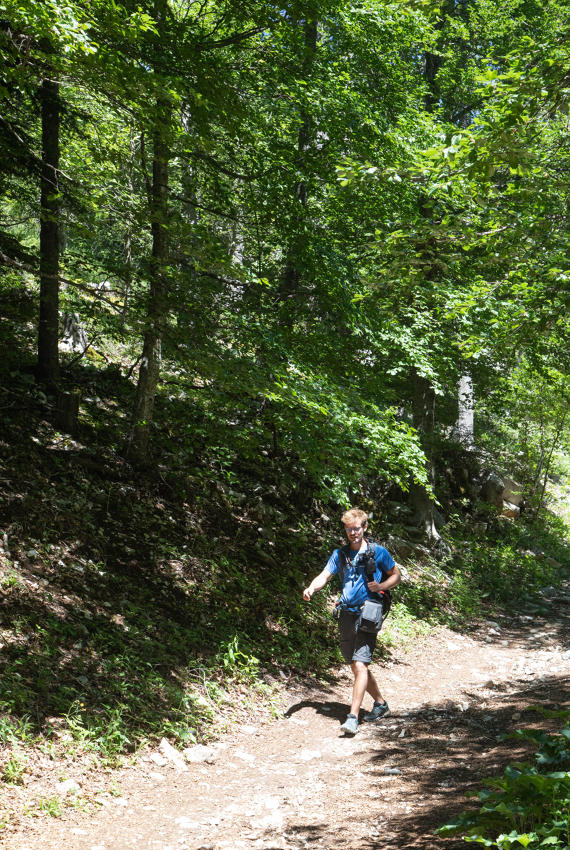

A gift from our ancestors
“150 years ago, a titanic reforestation campaign began on the slopes of Mont Ventoux in Vaucluse, changing the face of the mountain. It’s a story that is all but forgotten today, but one that was the pride of Vaucluse. Here, many have a grandmother or a grandfather who participated in these reforestation campaigns.” Vérane Bréchu, forestry technician at the Office National des Forêts.
More than a third of Vaucluse is covered by forest and more than half of this forest cover is privately owned. The rest is communal or state-owned, managed by the ONF – Office National des Forêts. A real treasure and climate regulation resource, this forest is not just a place to go for a walk, but it is an environment to protect and a means of local forest management and production.
The landscapes of Ventoux are marked by a the remarkable presence of forests
Mont Ventoux is covered by 55 169 ha of forests, of which 40% are managed by the Office National des Forêts. 54% of the forest on the massif, however, is private.
The foothill of Mont Ventoux reveals a Mediterranean allure, with its maritime pines and scents of thyme and rosemary, and on its southern slope, the biggest cedar forest in Europe; the Bédoin municipal forest, planted with the bluish conifers known as Atlas cedars.
At the top of Mont Chauve, tall fir trees and hooked pines balance on unstable scree, where greenland poppies bloom.
In the Luberon-Lure Massif, the forests cover 130 328 ha, of which 26% is managed by the Office National des Forêts. 71% of the massif’s forests are still privately owned.
Luberon national forest is a veritable paradise for birds and is home to many protected birds of prey including Bonelli’s eagle, the short-toed snake eagle and the Egyptian vulture. This is due to the presence of cliffs, its proximity to the Durance river and the many measures taken to preserve the site’s tranquillity.
The massifs in Vaucluse are rendered particularly vulnerable due to climate change and are therefore increasingly at risk from fire. With the forest being the most important heritage to help us regulate the climate in years to come, it is vital that we protect these wooded areas.
To all organisers of sporting, cultural or artistic events that pass through the woods or forest, please contact your local council which will be able to direct you to the right partner.
Please note: in public forests, from the 15 April to 15 June (when animals might be giving birth in the forest), dogs must be kept on a leash.
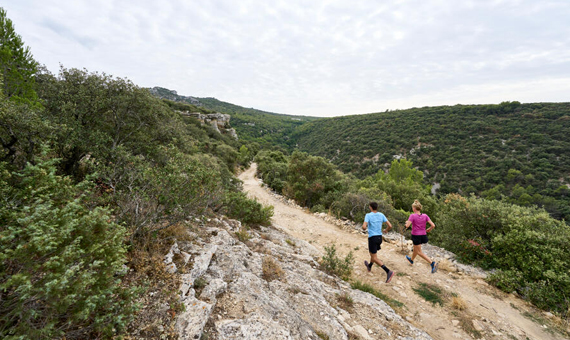
The Office National des Forêts in Vaucluse manages both state-owned and communal forests
Their role is to ensure the surveillance of the area, conserve rural structures (ie sheepfolds, otherwise known as a “jas”) and protect forest stands and natural environments, as well as managing the wildlife and hunting. They also produce a wide range of educational tools for understanding the forest.
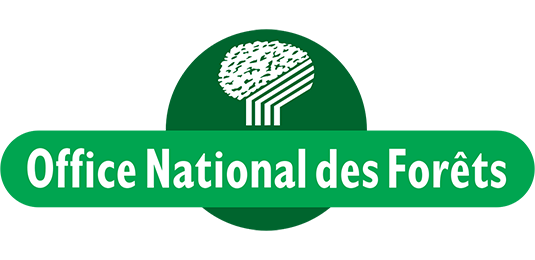
Natura 2000 zones
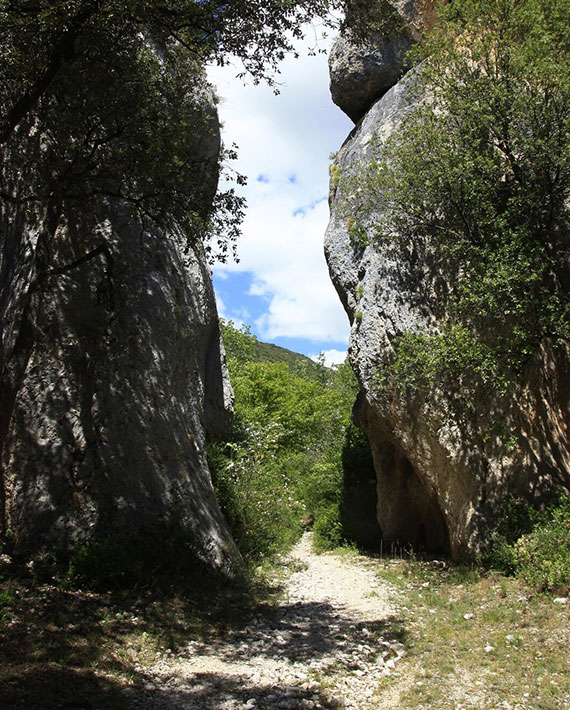

Where are these zones ?
In the Luberon, there are 7 Natura zones: Rochers et combes des Monts de Vaucluse, Les Ocres de Roussillon et Gignac, les Marnes de Perréal, Petit Luberon, the Luberon, the Durance, the Calavon and the river Encrême.
In the Ventoux, there are 3: the summit of Mont Ventoux, Gorges du Toulourenc et de l’Ouvèze and Gorges de la Nesque.
Elsewhere in the Vaucluse, there is a Natura 2000 site on the Rhône, in the communal forest of Châteauneuf-du-Pape and on the Sorgues and Aygues rivers.
The strict regulations and additional licensing for organisers of sporting events in Natura 2000 zones
As part of a Europe-wide network of ecological sites, these zones aim to preserve the biodiversity and promote the natural heritage of the territories.
In the Natura 2000 zones, it is also necessary to get permission for each activity (trail running for example), in order to prevent and limit the impacts on these sites.
Nature is a place of freedom, however, in order for it to continue to provide us with resources and amaze us with its beauty, rules have to be in place. Whilst these rules restrict our individual freedom, they act an important safeguard, preserving this natural heritage and allowing us to continue to live harmoniously alongside nature.
